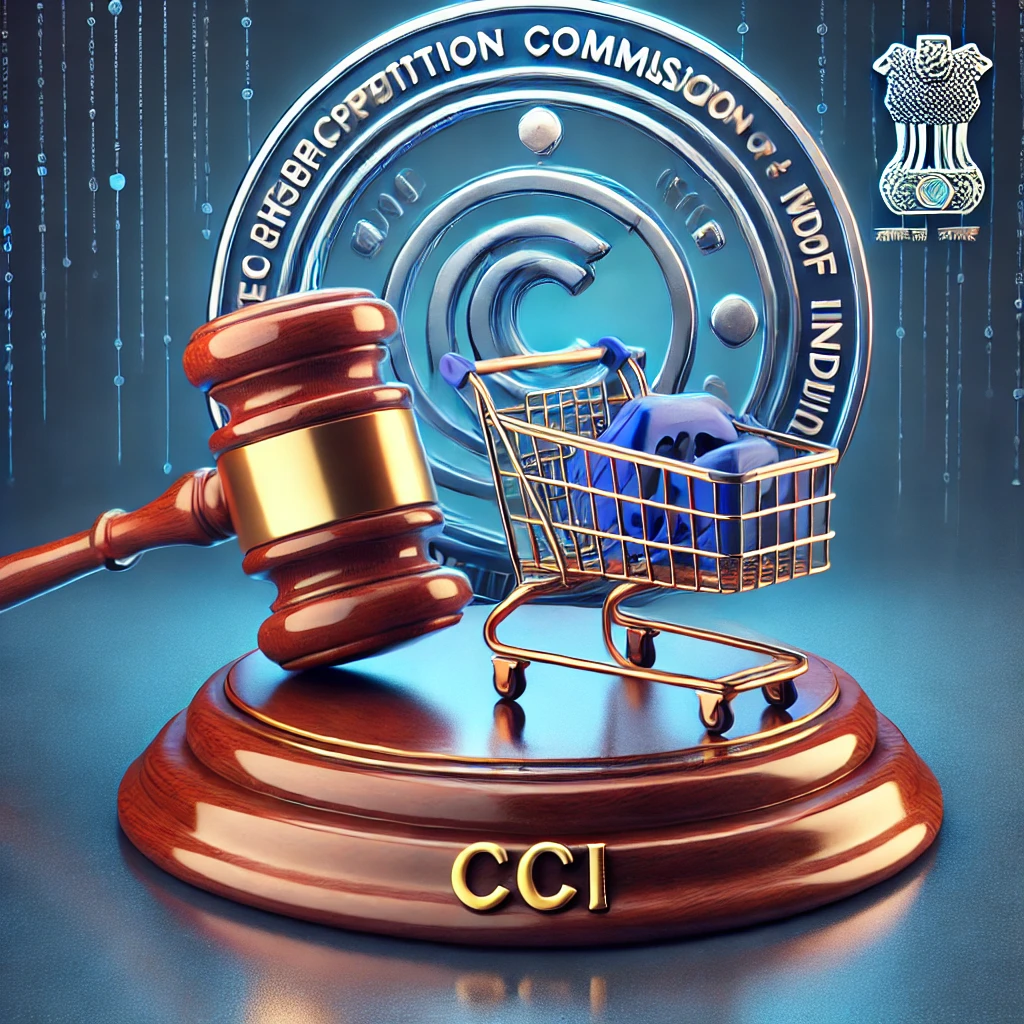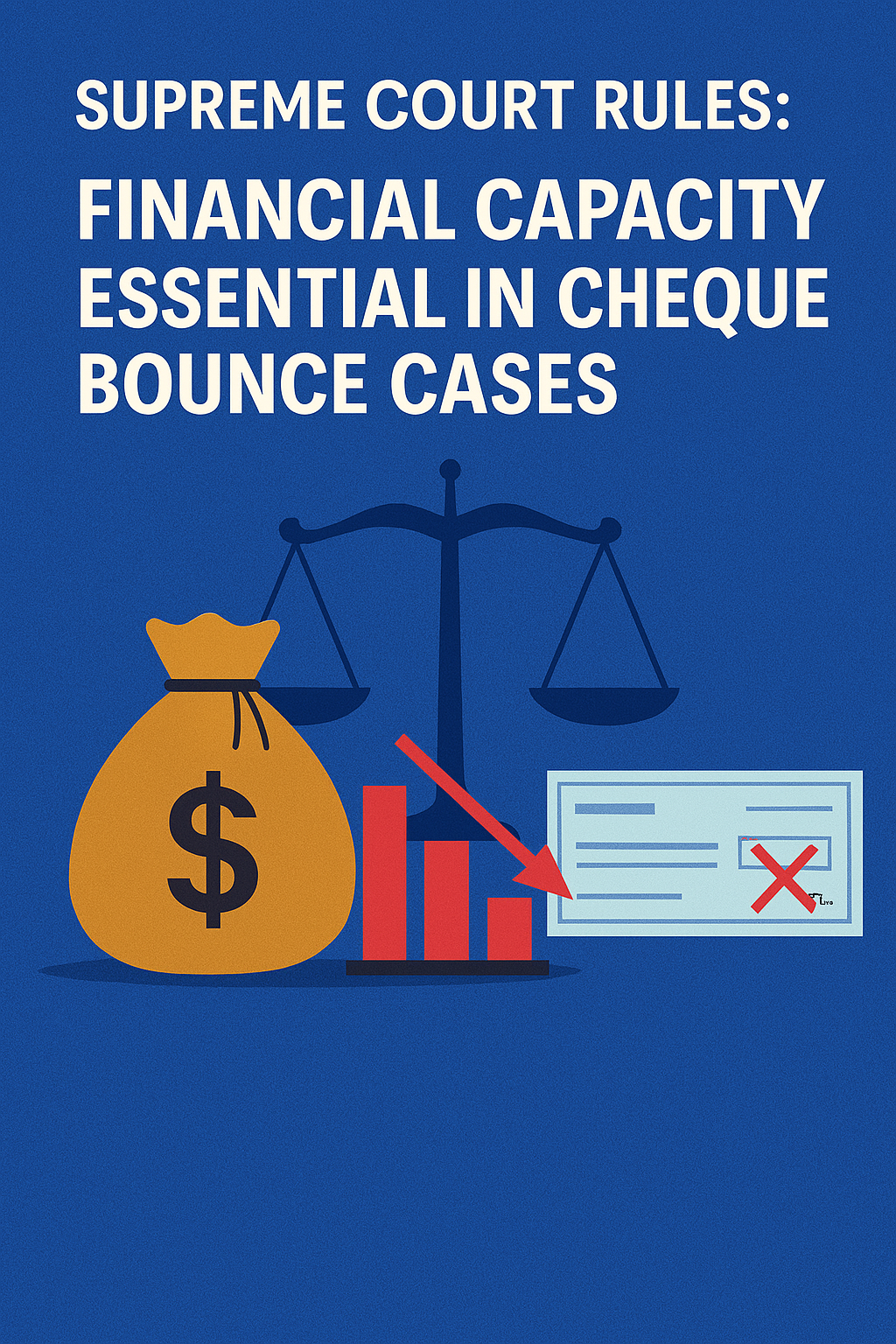Money Laundering in India
Money Laundering in India
What is Money Laundering?
Money laundering is the process by which the proceeds of crime (illegally earned money) are converted into seemingly legitimate assets or funds, making it difficult to trace the original source.
In simple terms, it is “cleaning dirty money” — hiding its illegal origin and integrating it into the legal economy.
Legal Framework Governing Money Laundering in India
Prevention of Money Laundering Act, 2002 (PMLA)
The primary legislation in India that deals with the offense of money laundering.
Defines money laundering and prescribes punishment.
Empowers authorities to attach and confiscate proceeds of crime.
Establishes the Enforcement Directorate (ED) as the key investigating agency.
Provides for adjudication and special courts to handle money laundering cases.
Relevant Sections under PMLA
Section 3: Defines money laundering as any process or activity connected with the proceeds of crime and projecting them as untainted property.
Section 4: Punishment for money laundering (imprisonment up to 7 years and fine).
Section 5: Confiscation and attachment of property involved in money laundering.
Section 17: Powers of the ED to investigate offenses.
Other Related Laws
Indian Penal Code (IPC): Deals with underlying predicate offenses like corruption, fraud, criminal breach of trust, etc.
Foreign Exchange Management Act (FEMA): Governs foreign exchange violations related to money laundering.
Income Tax Act: Targets tax evasion linked with money laundering.
Process of Money Laundering
Money laundering typically involves three stages:
Placement: Introducing illegal money into the financial system (e.g., deposits in banks).
Layering: Complex transactions to disguise the origin (transfers, conversions).
Integration: Money is reintroduced as legitimate funds (investments, purchases).
Key Authorities Involved
Enforcement Directorate (ED): Investigates money laundering cases.
Financial Intelligence Unit (FIU-IND): Collects and analyzes financial data to detect suspicious transactions.
Special Courts: Designated to try offenses under PMLA.
Important Case Laws on Money Laundering in India
1. K. P. Paul v. State of Tamil Nadu (2010) 1 SCC 520
The Supreme Court emphasized strict implementation of PMLA.
Stated that money laundering hampers economic growth and governance.
2. R. Muralidharan v. Enforcement Directorate (2015)
The Court held that mere possession of unaccounted money leads to presumption of money laundering.
Burden lies on the accused to prove the legality of assets.
3. Rajesh Kumar & Anr v. Enforcement Directorate (2016)
Clarified procedural safeguards in attachment and confiscation under PMLA.
Emphasized the right to fair hearing during adjudication.
4. Vijay Madanlal Choudhary v. Union of India (2017) 7 SCC 332
The Supreme Court expanded the interpretation of “proceeds of crime” to include indirect proceeds.
Affirmed the importance of PMLA in curbing economic offenses.
Challenges in Tackling Money Laundering
Complex financial transactions often cross international borders.
Coordination among multiple agencies required.
Need for effective international cooperation and treaties.
Time-consuming investigations.
Conclusion
Money laundering in India is a serious offense impacting the country’s economic health and governance. The PMLA, 2002, along with judicial pronouncements, provides a strong legal framework to identify, investigate, and punish such crimes. Robust enforcement and increased awareness are essential to curb the menace and protect the economy.




























0 comments